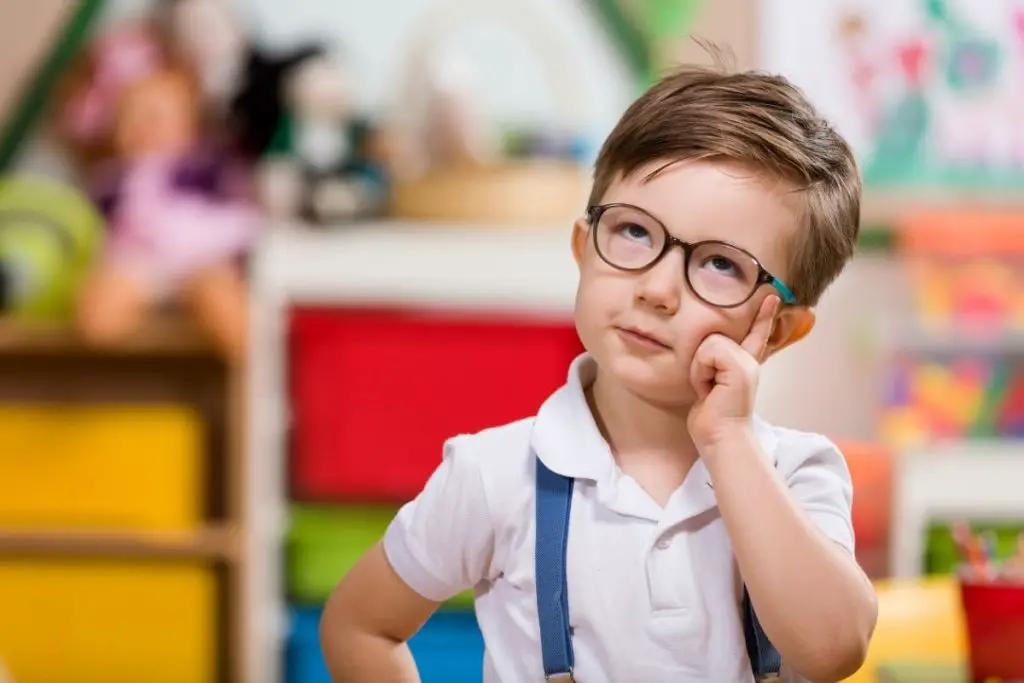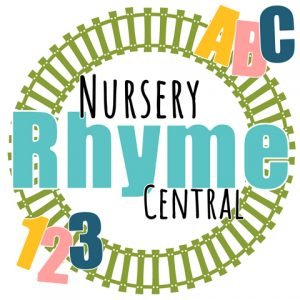Unless you’re a parent or kindergarten teacher, you will have left the crazy words and basic tunes of nursery rhyme far behind you. They certainly don’t come up in any language and literature class and don’t figure in any books of poetry you may pick up. But, if you think about it, nursery rhymes do have some characteristics of poetry. Are nursery rhymes a kind of poetry? Or is calling these simplistic rhymes poetry an insult to the entire poetic genre?
So are nursery rhymes a form of poetry? Yes, Nursery rhymes are a basic kind of poetry for babies and children. Nursery rhymes and poetry have shared origins and purposes, but nursery rhymes use poetic elements such as cadence, rhyme and rhythm in a more straightforward and simple way than complex poetry.
On the one hand, scholars and academics argue that nursery rhymes are far too childish and nonsensical to count as serious poetry. On the other hand, nursery rhymes help children develop an understanding of rhyme and rhythm and the use of imagination – which are all essential elements of poetry. Is this enough to classify a nursery rhyme as a poem, though? Or should they belong to their own literary genre?

What is considered a nursery rhyme?
A nursery rhyme is a simple song, rhyme, or verse for children, with a catchy rhythm and nonsensical or funny meaning. Singing or saying nursery rhymes is a fun way to entertain or even calm children. Nursery rhymes teach children about rhyming words, rhythm and cadence of speech, provide opportunities to learn and practice words, and encourage them to use their imagination.
The origins of nursery rhymes
Simple songs and rhymes for children appear in most cultures and were handed down or taught orally long before being written down or recorded. The word ‘nursery rhyme’ was first used in the eighteenth century to refer to rhymes or songs specifically for children – the word ‘nursery’ originally meant a room where children would be nursed (breast-fed) – as opposed to songs or poems for adults.
Most English nursery rhymes were written down only in the eighteenth and nineteenth centuries. Tommy Thumb’s Songbook is the oldest collection of English nursery rhymes, published in 1744 by Mary Cooper. The oldest book of nursery rhymes published in the United States was Mother Goose’s Melodies, published in 1833. These books contain a mixture of traditional songs and folk songs, lullabies, poems, riddles, and sayings, some dating back to the sixteenth century.
The definitive collection of English nursery rhymes, The Oxford Dictionary of Nursery Rhymes, was published in 1951 by Iona and Peter Opie, who spent their lives collecting, studying, and sharing nursery rhymes.
The purpose of nursery rhymes
In the past nursery rhymes were used not only to amuse or placate children, but they were also used as a teaching tool that passed on knowledge as well as traditions and stories. Today teachers and educational specialists mainly emphasize the importance of nursery rhymes in regards to children’s learning and development. There are many reasons for this.
First, some nursery rhymes are directly educational, such as alphabet rhymes (e.g., ‘The ABC song’) or counting rhymes (e.g., ‘One, two, buckle my shoe’). Secondly, because they are based on rhyme and repetition, nursery rhymes teach children about language and words and are often seen as a first step towards learning to read. The rhythms of nursery rhymes help children learn about beat, emphasis, and pitch in language and are an introduction to poetry and music.
Most importantly, nursery rhymes are silly and funny, and were created to make children laugh. These nonsensical stories stimulate children’s imagination and creativity. For example:
Hey diddle, diddle, the cat and the fiddle,
The cow jumped over the moon.
The little dog laughed to see such fun,
And the dish ran away with the spoon.
But to decide if nursery rhymes are poetry or not, let’s look at what poetry actually is.
What is poetry?
Broadly, poetry is a type of creative literature or writing that uses words, cadence and rhythm to share imaginative ideas or create abstract feelings in the reader.
The origins of poetry
Understanding how poetry developed can help explain what poetry is.
Oral literature
Poetry is one of the oldest kinds of literature. The oldest written manuscripts are pieces of poetry from ancient Babylon and India. The first poetry was oral, recited to an audience. These poems were often stories and histories, passed down from one generation to the next. Poetic literature was possibly developed to help people memorize these stories and histories – repetition of sounds, words, and even sentences are good aids to memory and help an audience follow a story.
These early poems were often sung or chanted, which tells us that songs can be poems set to a melody and accompanied by music. Ballads are a typical kind of poetry that would have been sung. Oral poems were also dramatized, which tells us that the first plays were poems acted out.
Traditional poetry
As poems came to be written down, the styles and structures became formalized. Traditionally, poems were written according to specific rules or styles of meter (the number and arrangement of syllables in a line) and rhyme (the repetition of sounds in words). For example, the English sonnet is a poem with fourteen lines, consisting of three verses and a rhyming couplet (two lines). The Japanese haiku has only three lines, each with a different number of syllables (five, seven, and five).
Poems were also grouped according to the poem’s theme or purpose, so poems with different topics would have had different structures. For example, an epic poem is a long historical poem about heroic deeds, while a lyric is a short poem to express a mood or feeling.
Poetry today
Today, poets often reject these traditional structures and ignore meter and rhyme rules, instead combining words, rhythms, and ideas in creative ways. This kind of poetry is sometimes called free verse.
We can differentiate poetry from prose, which is written in sentences without line breaks, meter, or rhythm. Examples of prose writing are novels, newspaper articles, short stories, and blogs.
Elements of poetry
There are common ways in which poets use language creatively to appeal to our senses and imagination and emphasize the poem’s meaning. These are called the elements of poetry. Here are some examples.
Rhyme
Rhyme is the repetition of sounds in a poem, usually at the end of lines. Rhyme can create music and flow in a poem, emphasize words, or structure a poem.
Rhythm
Rhythm is a poem or song’s beat. It can be musical and flowing, following stressed and unstressed words. Or it can be broken and harsh, depending on the feeling or effect the poet wants to create.
Figurative language
Poetry often uses language figuratively to make us picture something or use our imaginations. We use literal language when our words have a direct relationship to the things they refer to. For example, ‘The dog is under the table’ means that your pet animal is lying under the table. We understand what the sentence means in a tangible way. But saying ‘Peter is as sick as a dog’ is not literal – we are not saying that Peter is a dog. We use an image or picture of a sick dog to tell us about how Peter is feeling. Figurative language requires us to use our imaginations to feel or see what the poem is describing.
Some different kinds of figurative language that poems use are:
- A metaphor is a comparison in which one thing is likened to or given another’s characteristics, for instance, ‘My love is like a rose’.
- A symbol is an image used to stand for something else by sharing its characteristics, for instance, using the sun as a symbol of hope.
- Personification is a comparison where an inanimate object is given the characteristics of a person, for instance, ‘The moon smiled on us’.
What is the difference between a poem and a nursery rhyme?
The main differences between poems and nursery rhymes is that nursery rhymes are created for babies and children; they are usually sung or have definitive rhythms that can be clapped or beated on a drum; in most cases they draw heavily on rhyme; they are obvious in content rather than metaphorical, meaning their message is easy to decipher and understand.
Nursery rhymes vs. poetry: a comparison
| Similarities | Differences | |
|---|---|---|
| Origins | Both nursery rhymes and poetry came from the oral tradition and were shared as chants or songs. | |
| Target audience | Nursery rhymes are specifically aimed at babies and small children, while poetry is written for older children and adults. | |
| Purpose | Both aim to entertain and educate. | Although nursery rhymes stimulate the imagination, even babies can enjoy nursery rhymes without understanding their meaning, which is often nonsensical. Poetry evokes or creates sensation and feelings in the reader through the language and imagery used. |
| Use of poetic elements | Both use rhyme, rhythm, and figurative language to achieve their purposes. | Poetry uses rhyme, rhythm, and figurative language in far more complex ways than nursery rhymes do. |
| Musical | Many nursery rhymes are sung or set to a musical melody, but not all are. Generally, poetry is not accompanied by music and when it is, is usually categorized as song lyrics. |
So Do Nursery Rhymes Count as Poetry?
Yes, Nursery rhymes count as a form of poetry. They are traditional songs and poems intended to entertain and educate small children and use poetic elements such as rhyme and rhythm to meet the cognitive understanding of children rather than using figurative language in the same way complex poetry does.

